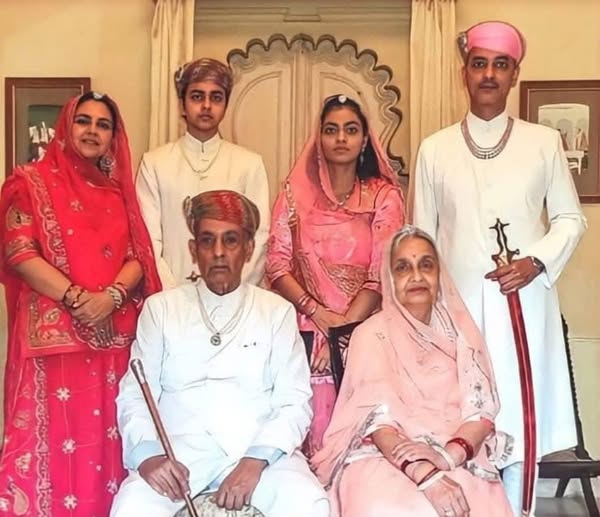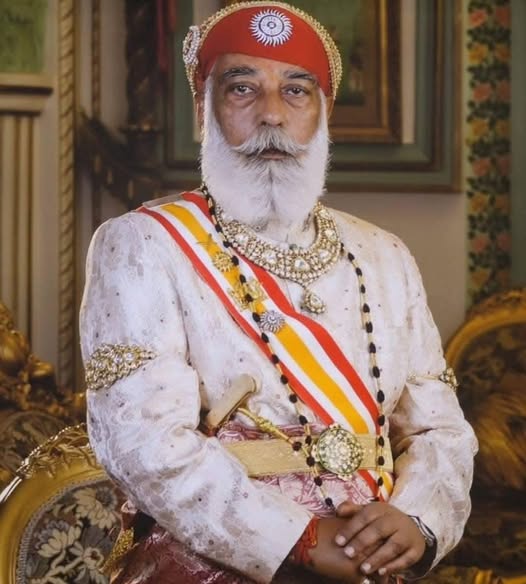The Mewar Royal Family: A Glimpse into the Legacy of Rajasthan

Introduction to the Mewar Royal Family
The Mewar Royal Family stands as one of Rajasthan’s oldest and most distinguished dynasties. With over a thousand years of history, the family has played a significant role in shaping the region’s culture and politics. Bappa Rawal, the legendary founder of the Mewar dynasty, ascended to the throne in the 8th century. Under his leadership, Mewar flourished and expanded its territory. The Sisodia clan, to which the Mewar family belongs, became one of the strongest Rajput dynasties of the era.
Origins and Early History
Mewar lies in the southern part of Rajasthan, famous for its majestic forts and palaces. The Mewar Royal Family’s origins trace back to Bappa Rawal, who established the dynasty. His reign set the stage for generations of Sisodia rulers who would lead Mewar through war, peace, and prosperity.
Chittorgarh Fort, one of Mewar’s most iconic symbols, became the capital of the dynasty for centuries. The fort’s imposing walls witnessed numerous battles, including invasions by Mughal Emperor Akbar. Despite these challenges, Mewar maintained its sovereignty and reputation for military strength.
The Sisodia Dynasty: A Pillar of Resistance
The Sisodia clan, to which the Mewar royal family belongs, holds a proud place in Rajput history. These rulers were famous for their fierce resistance against foreign invasions, particularly those by the Mughals. Maharana Pratap, one of the dynasty’s most famous figures, epitomizes this spirit of defiance.
In 1576, Maharana Pratap fought the Battle of Haldighati against Akbar’s forces. Although the battle ended in a tactical loss, Maharana Pratap’s refusal to submit to the Mughal Empire made him a symbol of Rajput valor and independence. His leadership inspired generations to come and solidified the Mewar family’s place in history.
The Rulers of Mewar: From Maharana Pratap to the Present Day
The Mewar dynasty continued its legacy of resistance and resilience through many generations. Maharana Amar Singh I and Maharana Jai Singh I succeeded Maharana Pratap and led Mewar with strength and courage.
In the 19th and 20th centuries, Maharana Bhupal Singh modernized Mewar. He introduced reforms in education, infrastructure, and politics while preserving the dynasty’s cultural traditions. He also supported India’s independence movement, aligning himself with the country’s fight for freedom.

Mewar’s Cultural Influence and Contributions
The Mewar dynasty has had a lasting impact on Rajasthan’s culture. The rulers were patrons of the arts, architecture, and literature, contributing to the region’s rich cultural landscape. Maharana Udai Singh II founded Udaipur, a city renowned for its beautiful palaces, including the Lake Palace and City Palace. These landmarks reflect the grandeur and sophistication of Rajput architecture.
Mewar also became a center for miniature painting. These paintings, depicting historical events and royal life, remain highly prized for their artistic value. Additionally, the Mewar family’s support of music and dance has helped sustain Rajasthan’s traditional performing arts.
The Mewar Royal Family Today
Although the Mewar dynasty no longer holds political power, its influence remains strong. Members of the royal family actively work to preserve their heritage and promote Rajasthan’s rich cultural legacy. The City Palace in Udaipur now serves as a museum, housing historical artifacts and artwork from the dynasty’s past.
The royal family’s efforts extend beyond cultural preservation. They play a significant role in promoting tourism to Rajasthan, ensuring that the region’s history continues to captivate global audiences.
Conclusion: The Everlasting Legacy of the Mewar Royal Family
The Mewar Royal Family’s history is one of resilience, valor, and cultural preservation. From the legendary Maharana Pratap to the present-day descendants, the family’s legacy continues to shape Rajasthan and India. Their contributions to art, architecture, and political autonomy have left a lasting imprint on the region.
Today, the Mewar family remains a symbol of Rajput pride and strength. Through their dedication to preserving their heritage, they continue to inspire people across the world.





